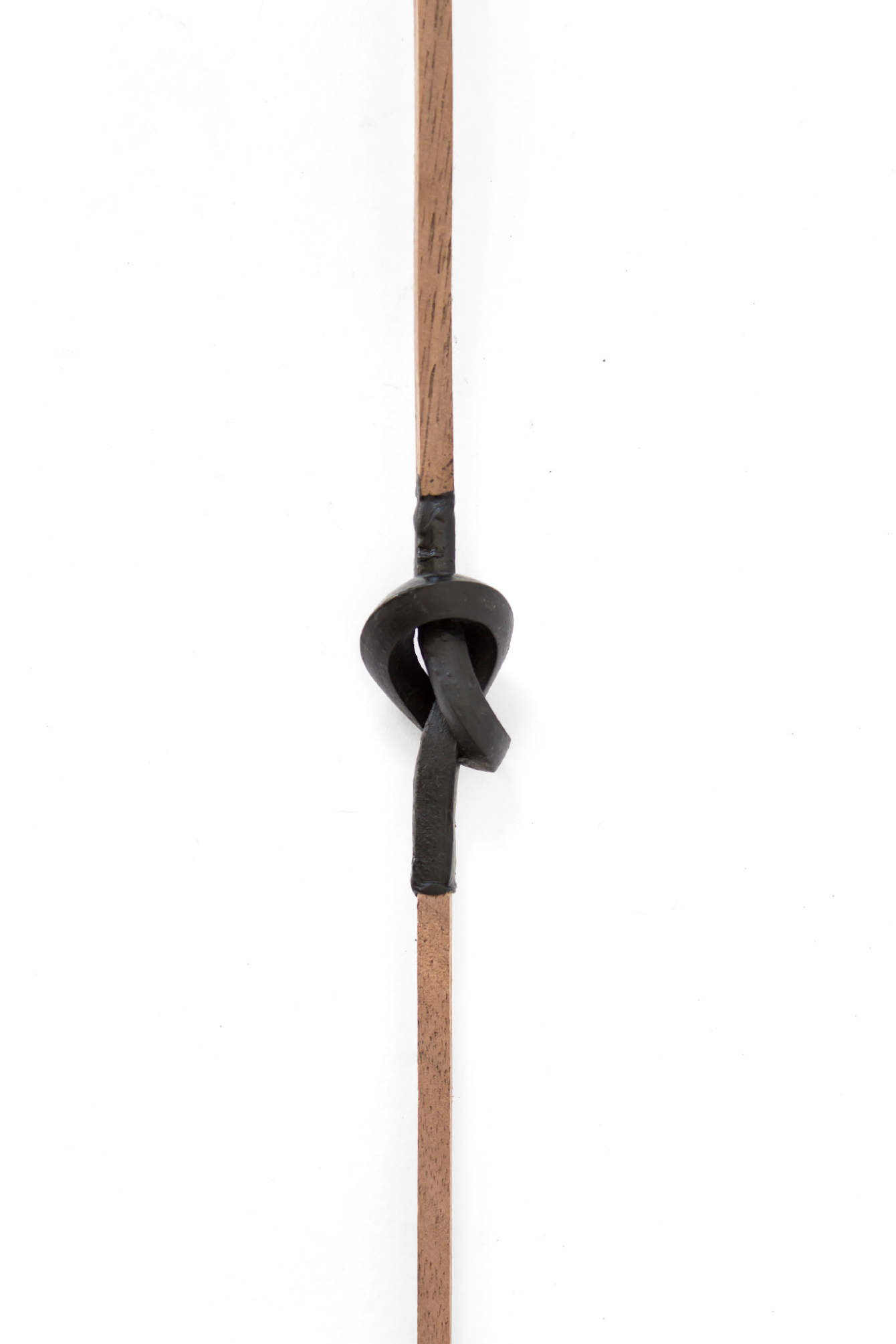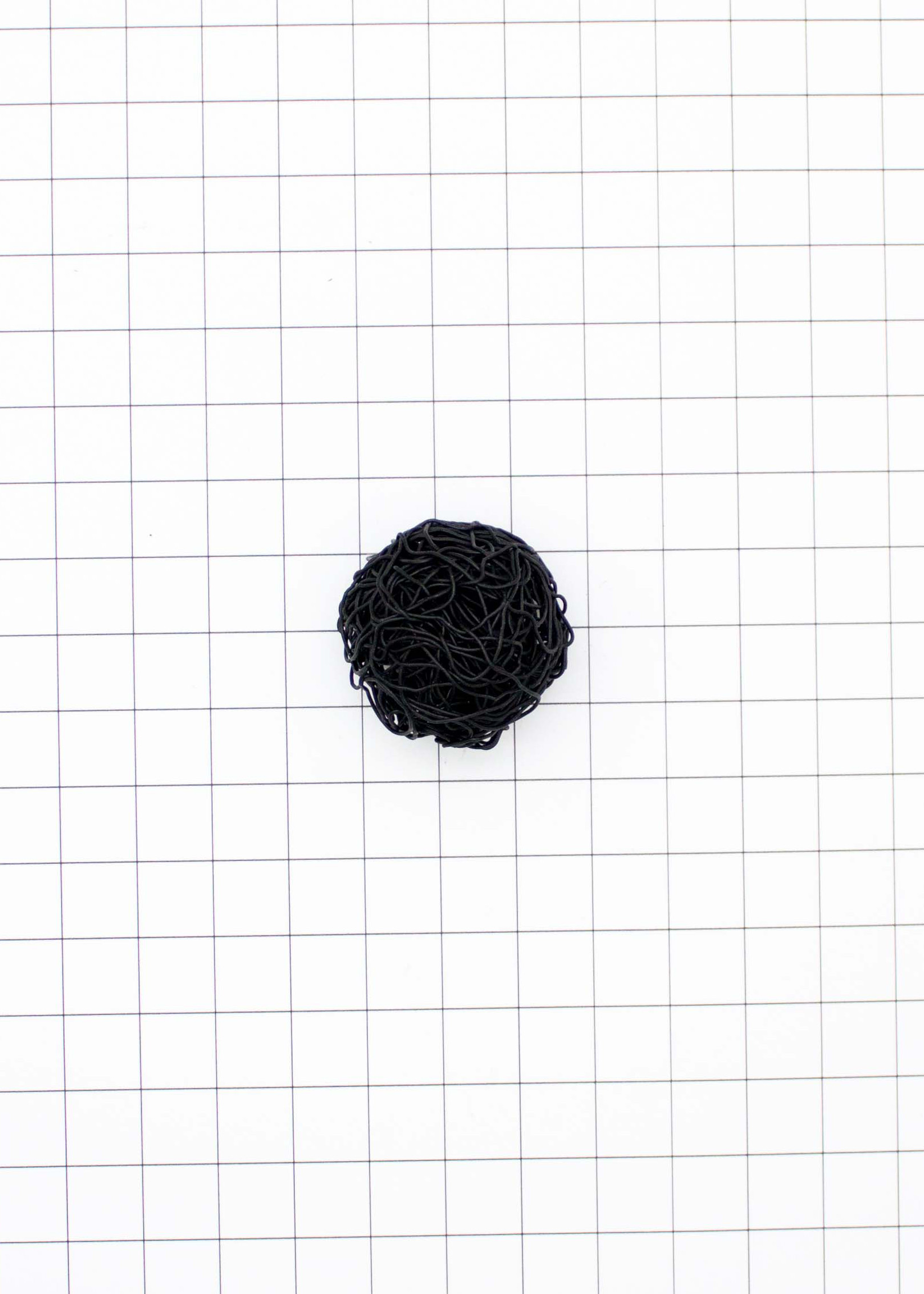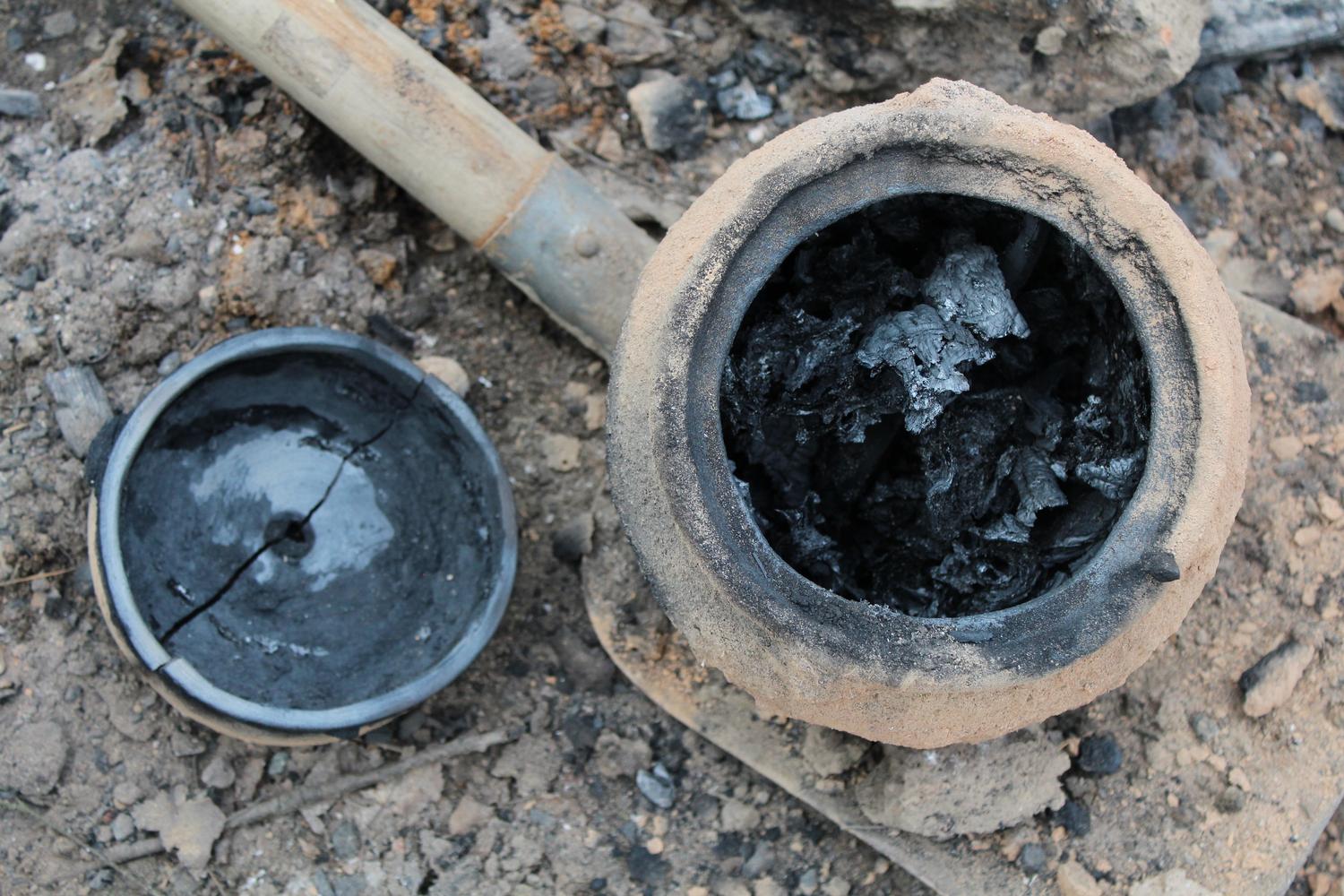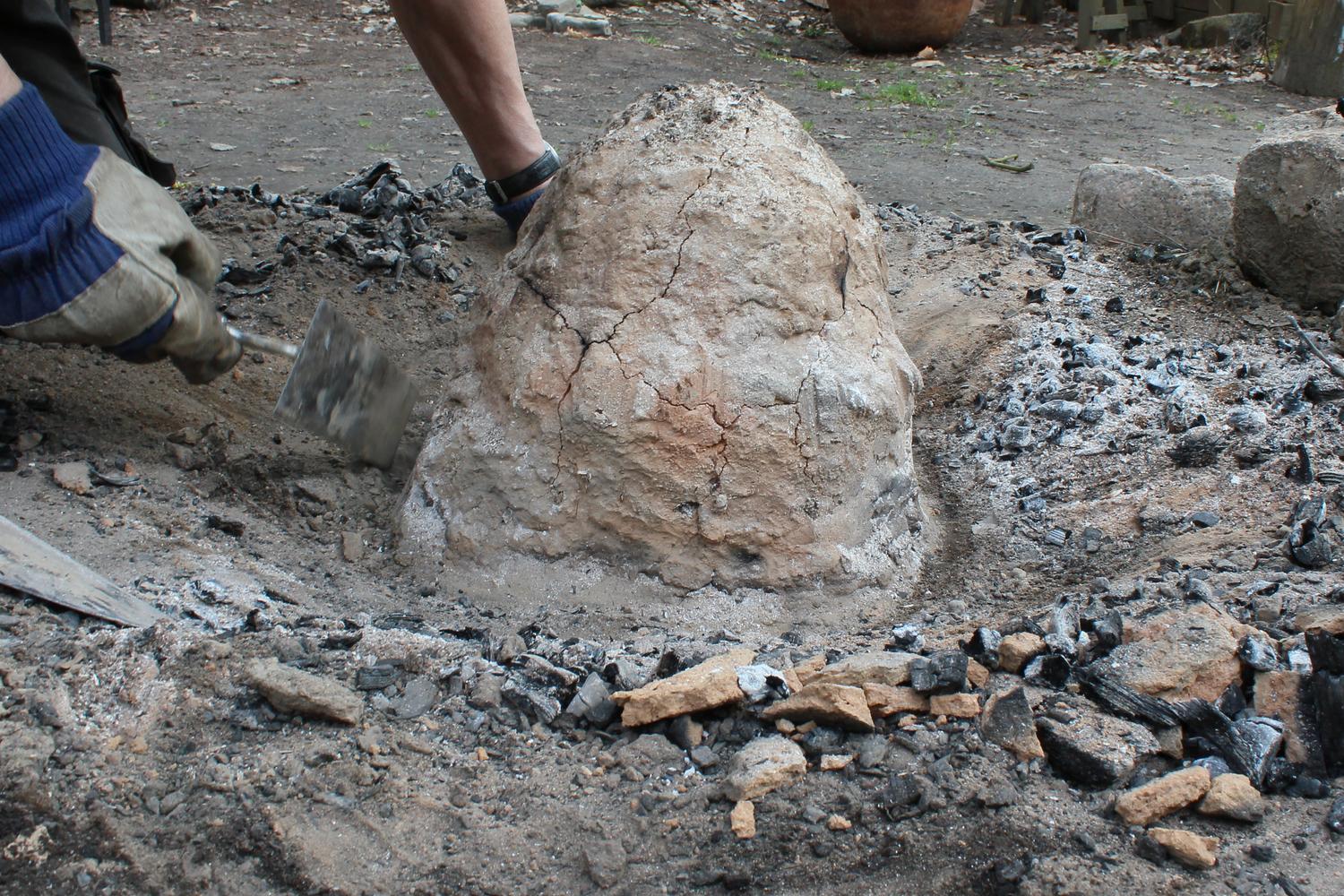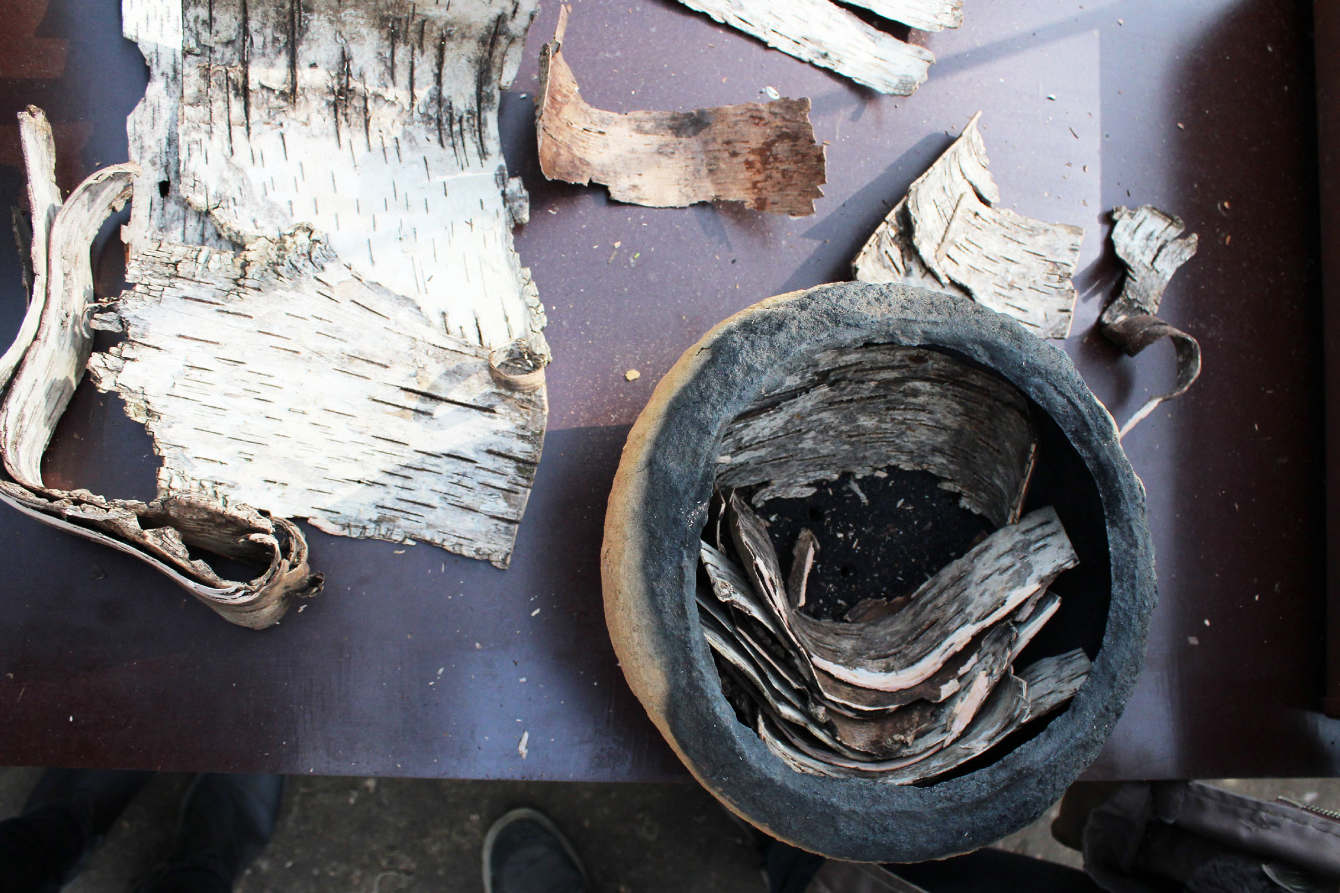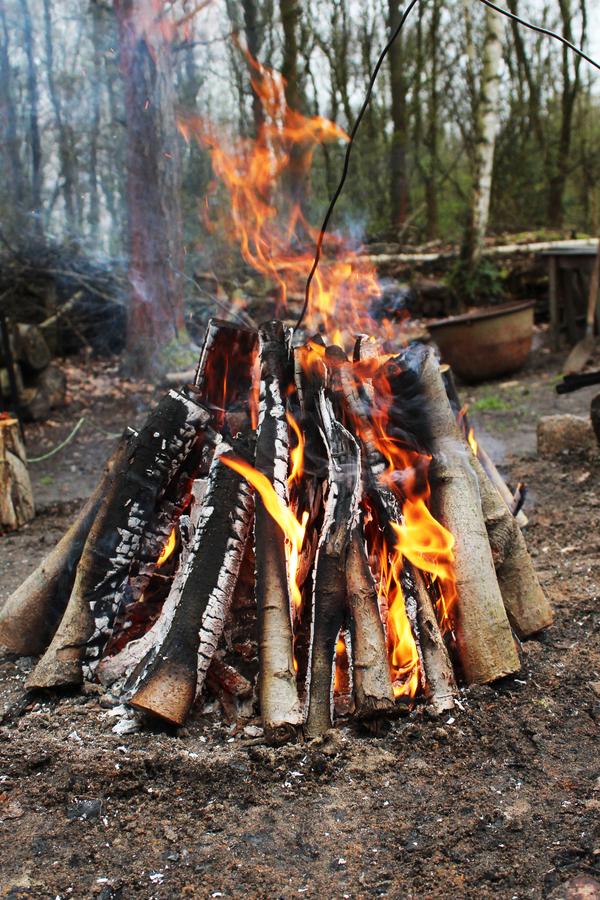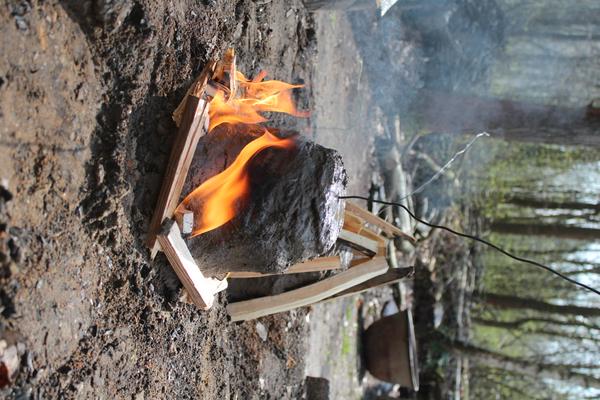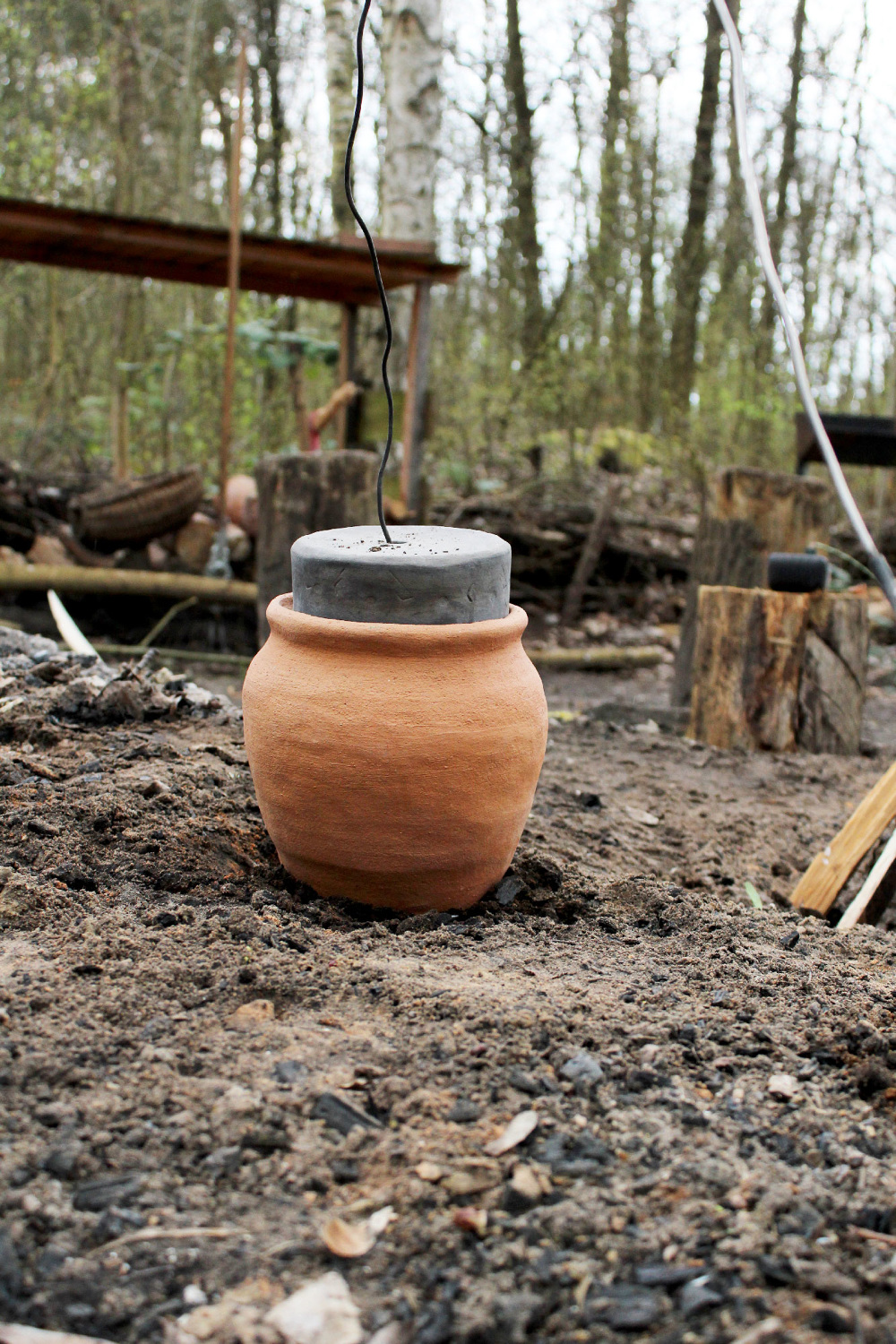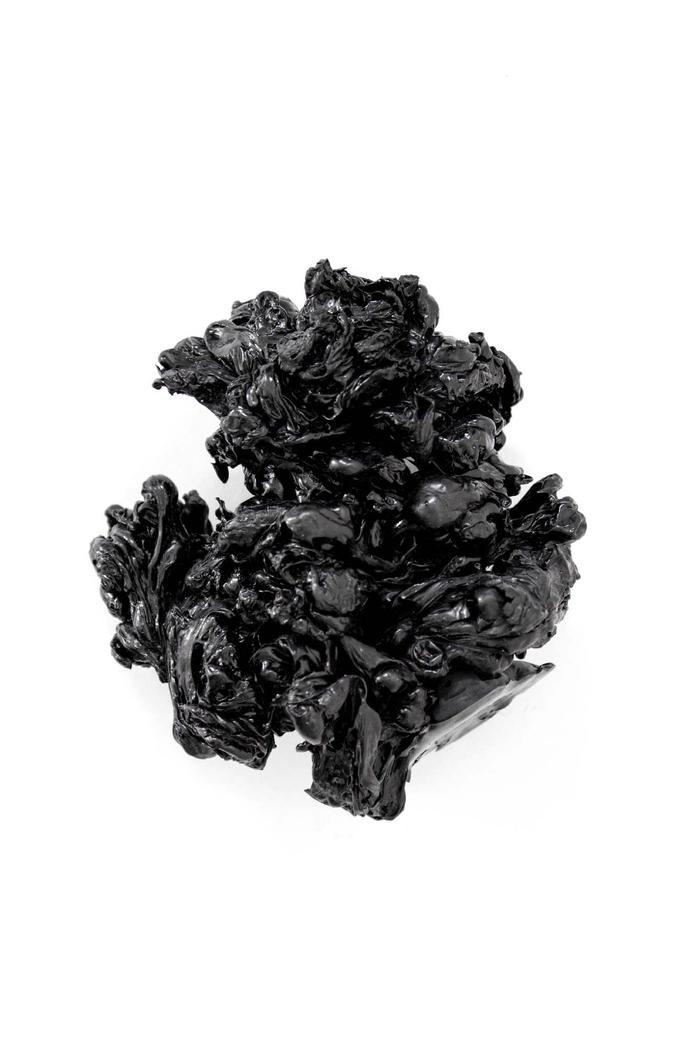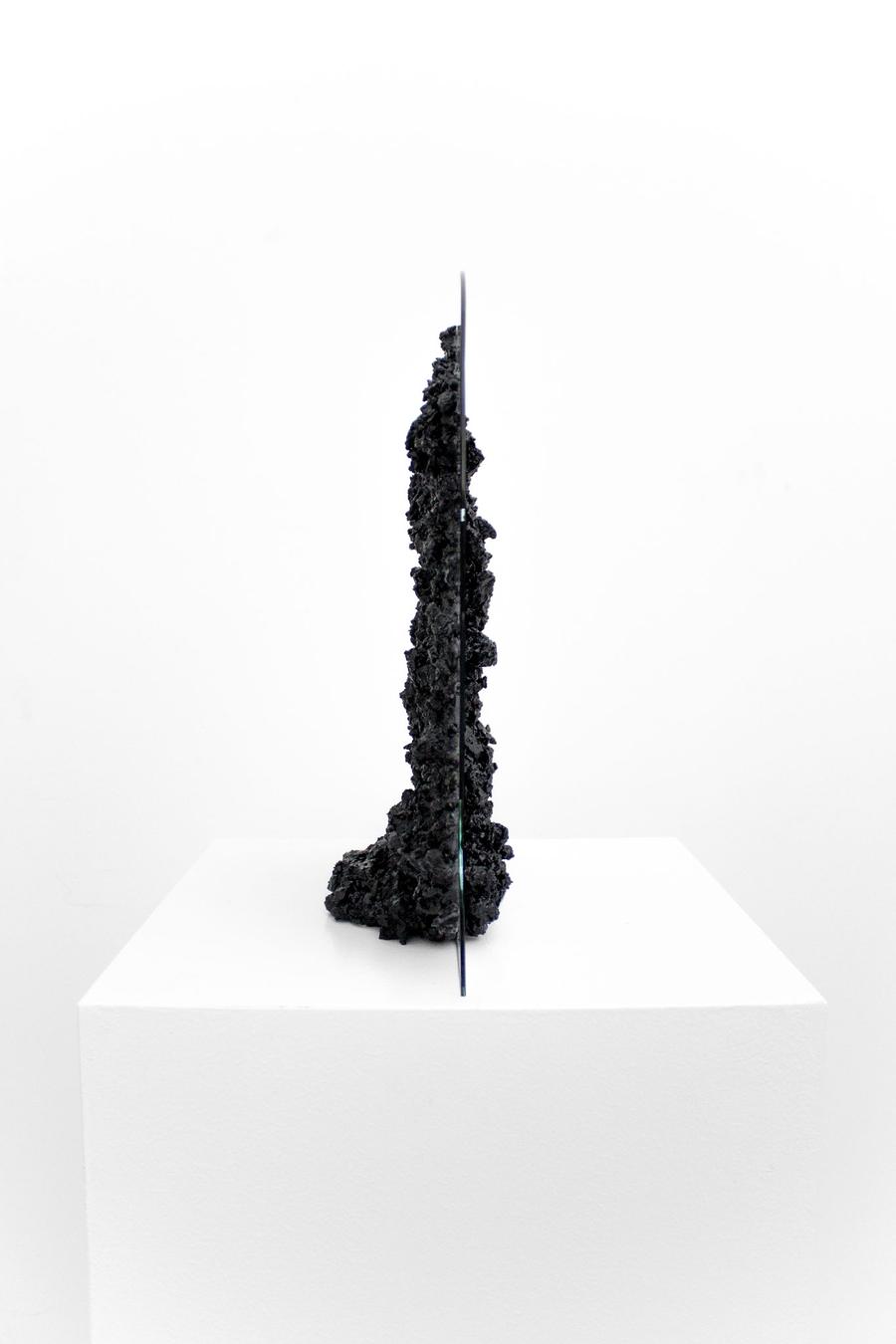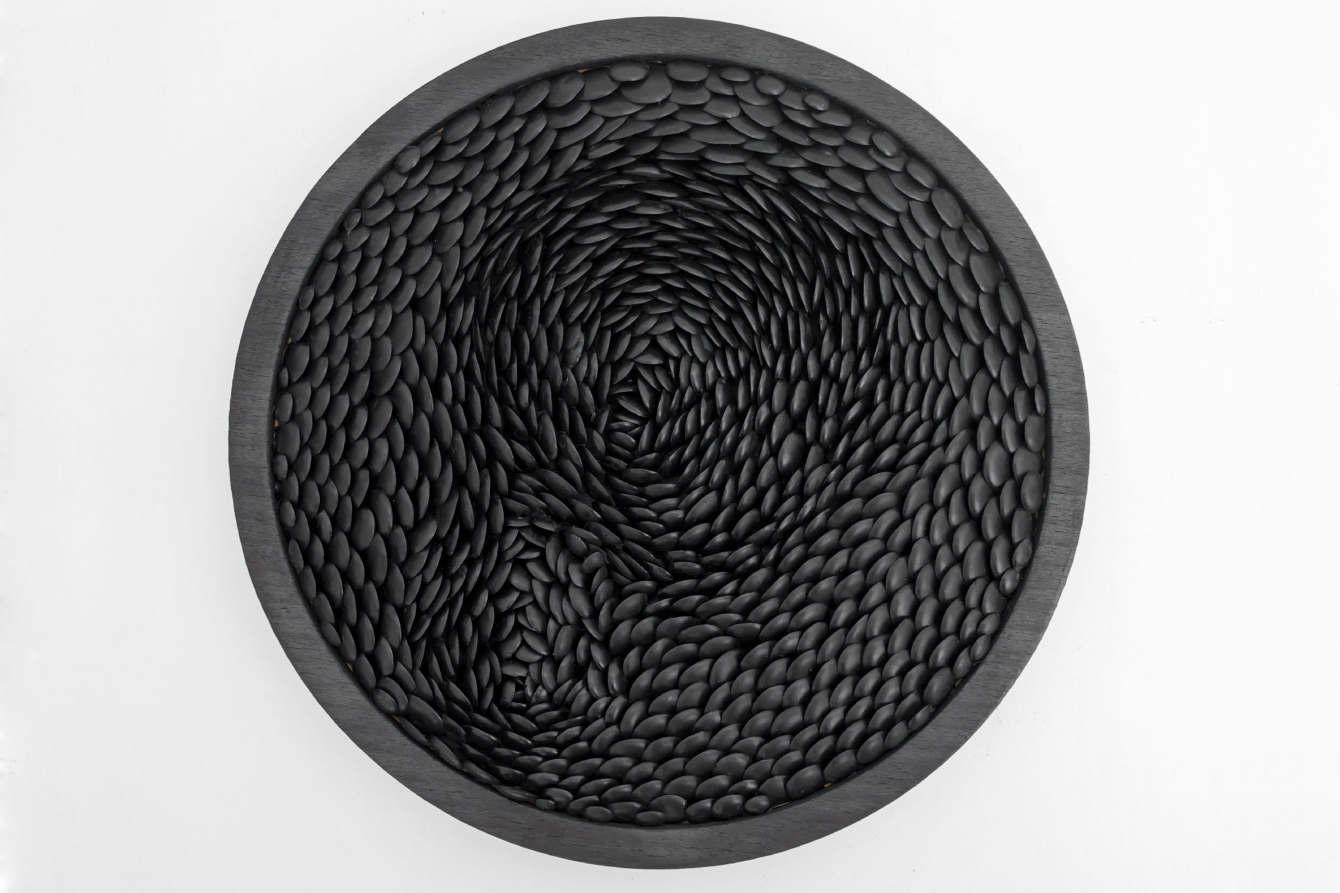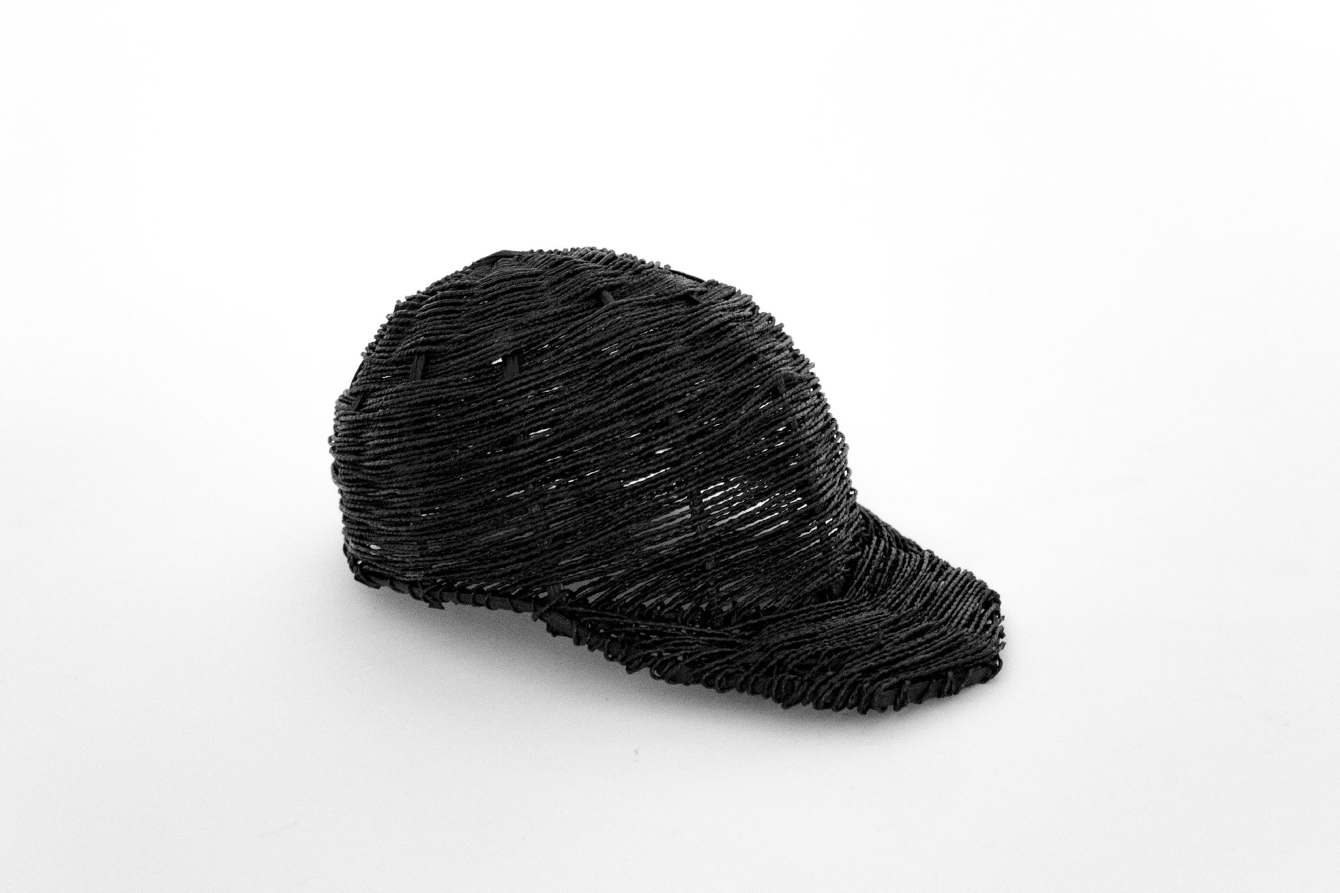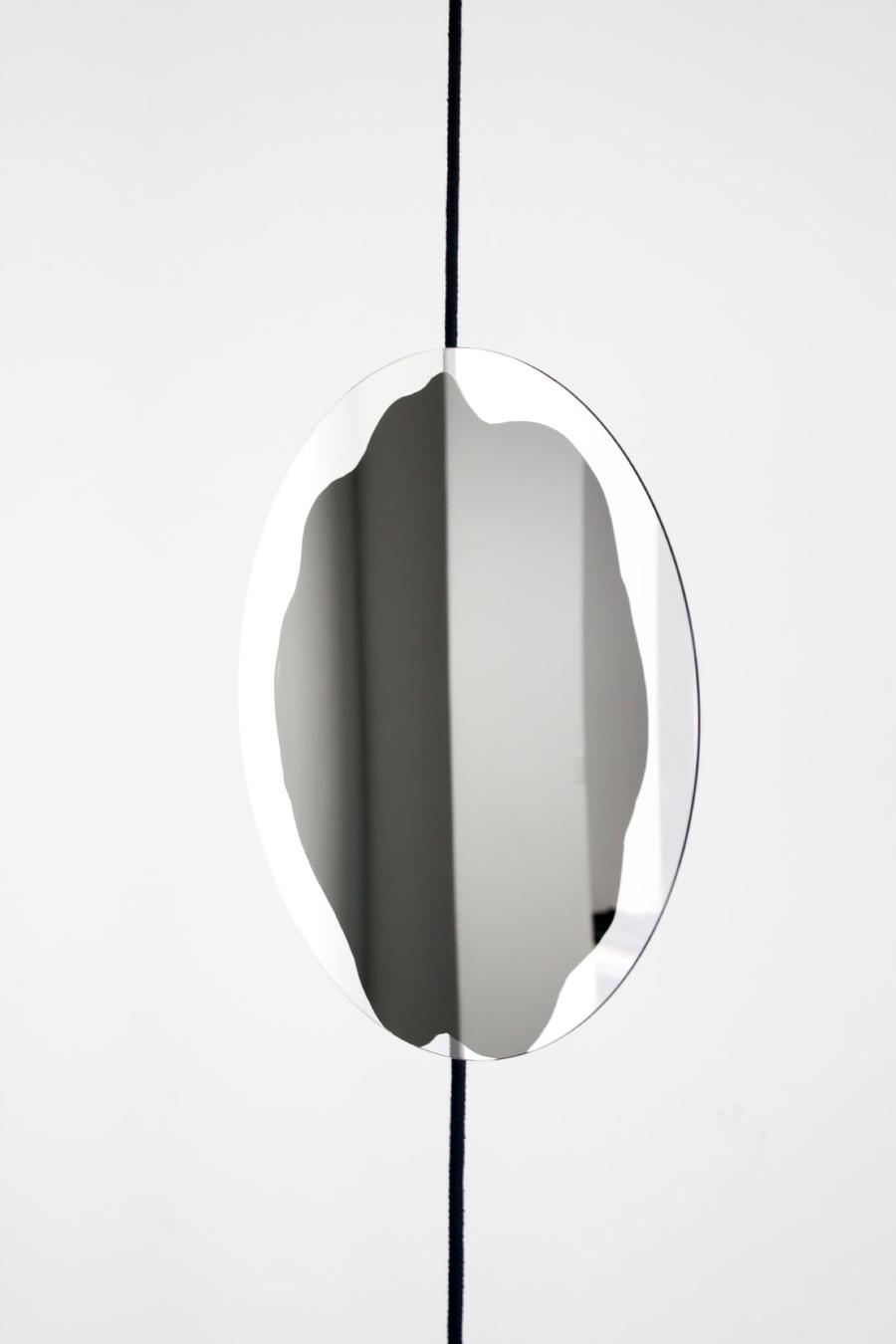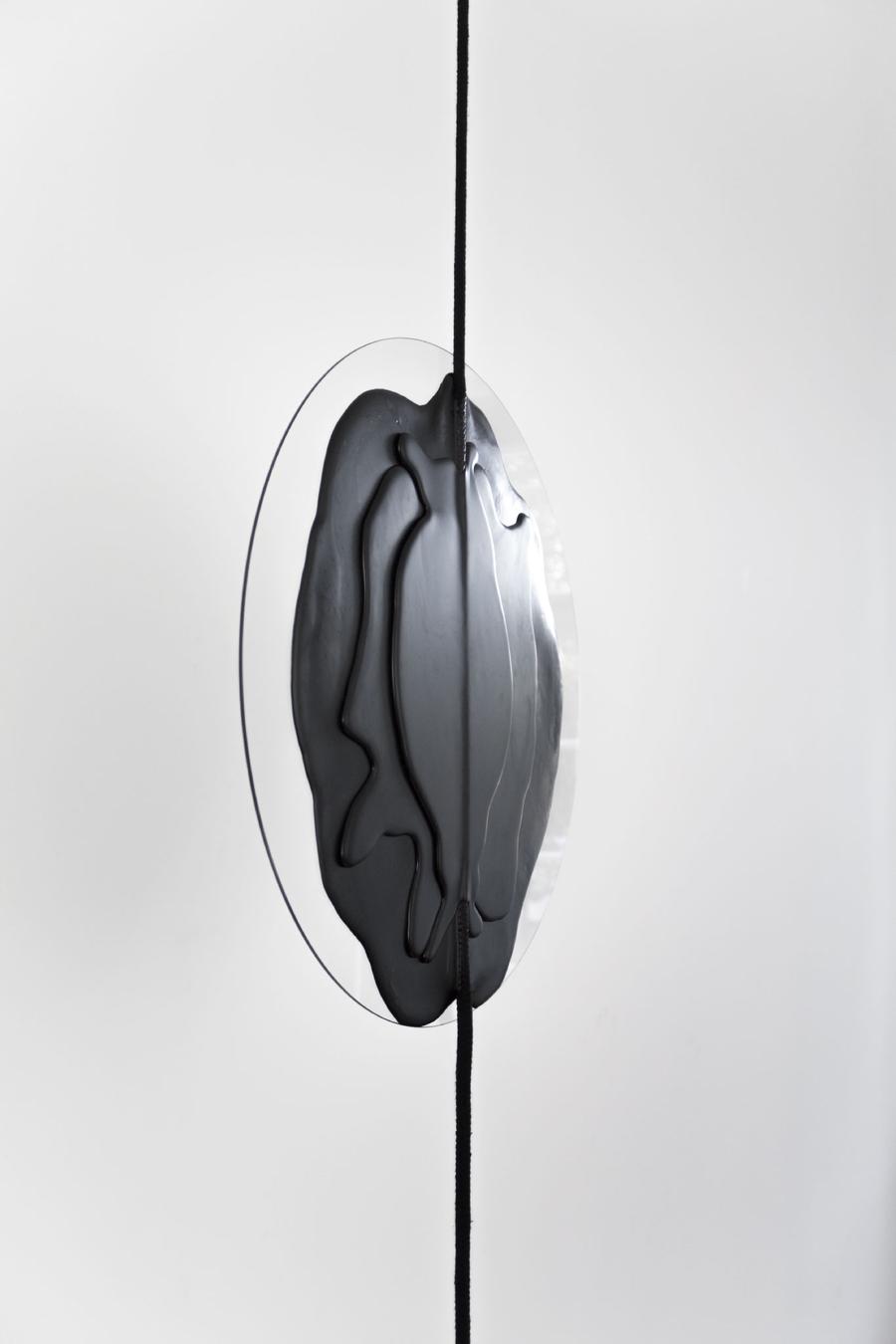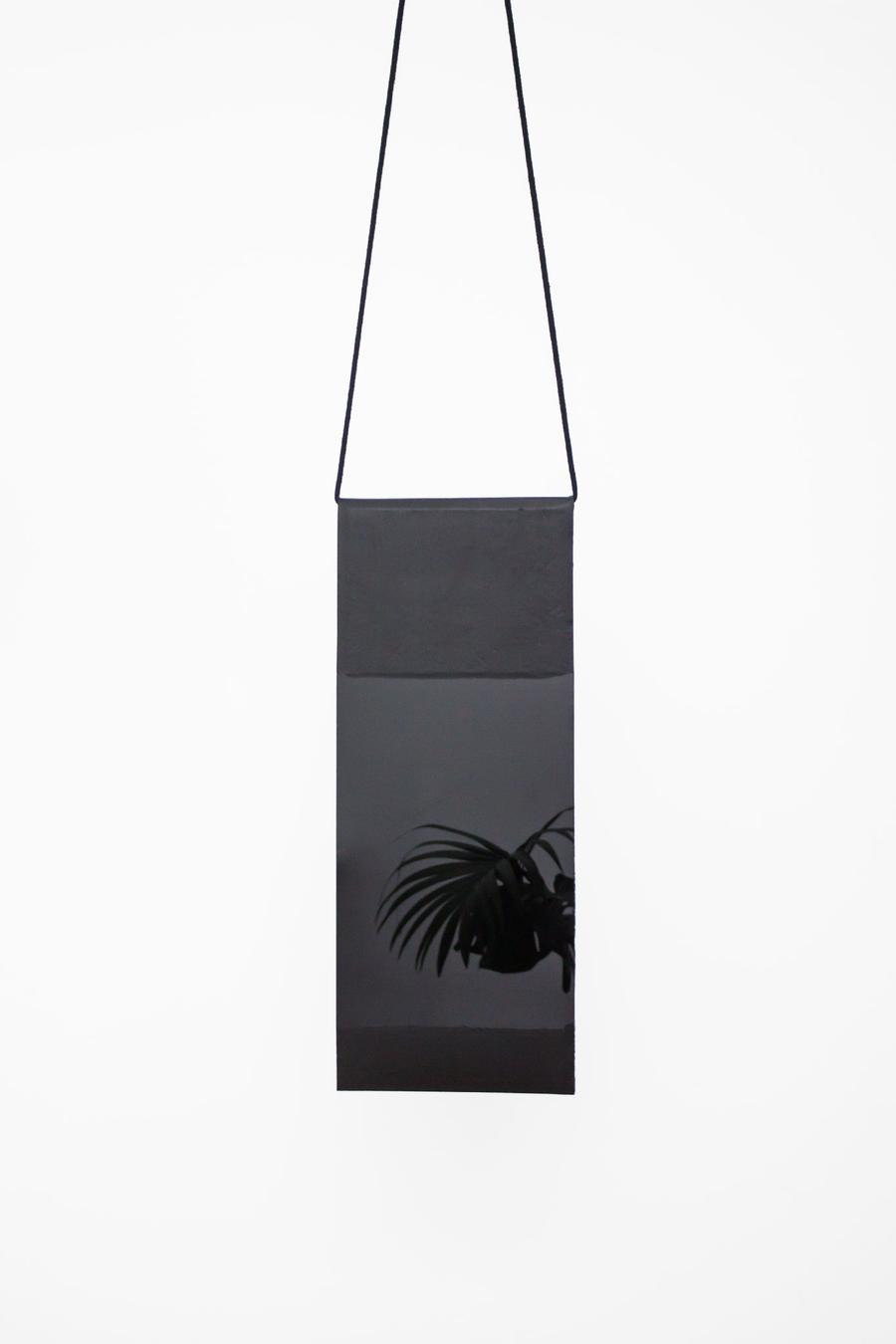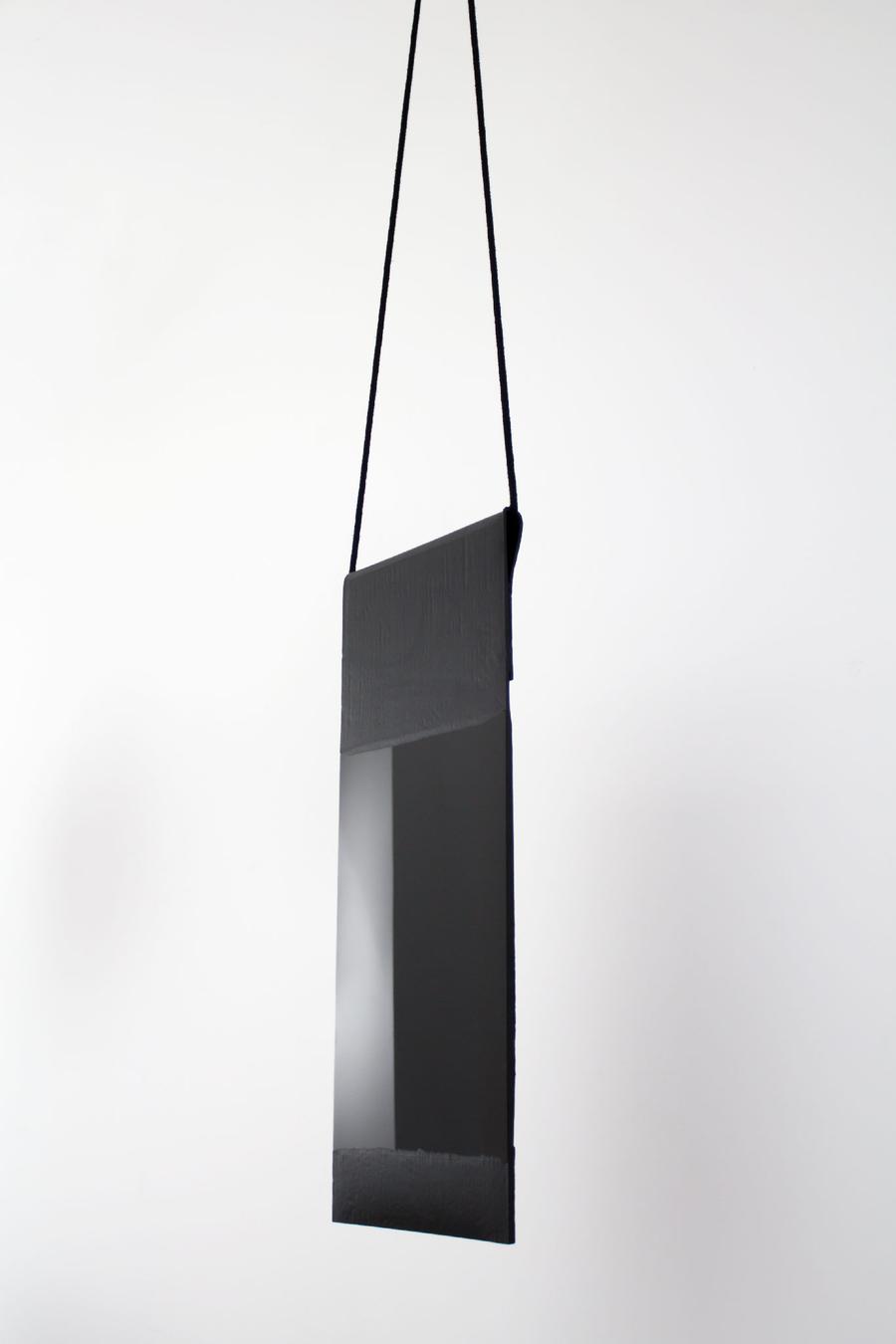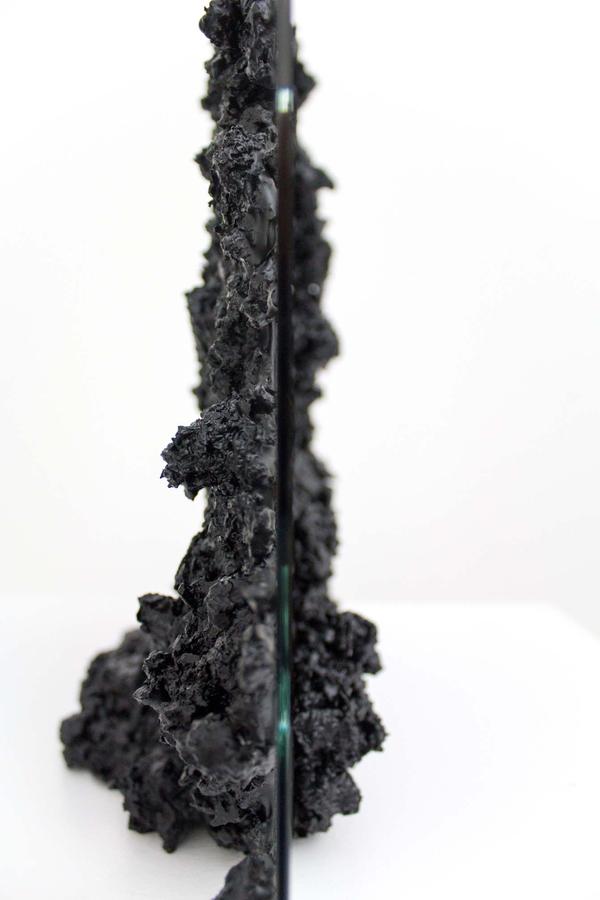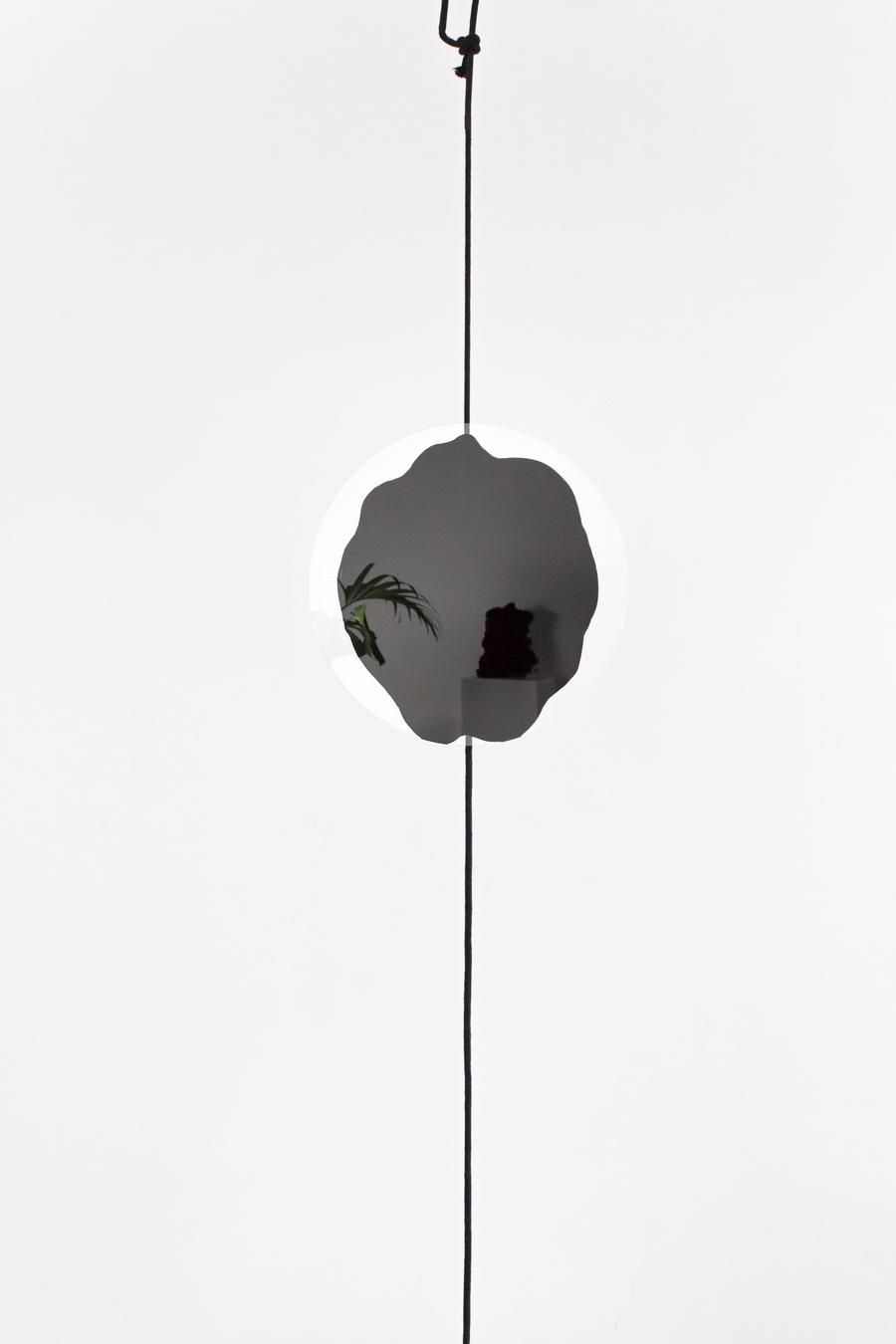Forgotten Collection
1st edition
The Forgotten Collection investigates what is long forgotten, to make you think deeply about the modern modalities of materiality, time, value, production and reproduction, to create a new ontological imagination.
The first edition of the Forgotten Collection is an archaeological record of radical alchemistic discovery, reinterpreting material narrations sunken to oblivion - lost in centuries of transformation and development.
To provoke a re-evaluation of the passed material world the project explores birch pitch, the bio-based ancestor of all systematically generated plastics. Birch pitch is much more than a scientific analysis can describe. It is saturated in its cultural significance. It absorbs the richness of history and scent of epochs that have shaped our civilizations. As an agent of the past, the material raises questions; about its disappearance, to what exists and how we want to live.
The project was supported by the Support Association of the Natural Science Museum of Berlin.
To provoke a re-evaluation of the passed material world the project explores birch pitch, the bio-based ancestor of all systematically generated plastics. Birch pitch is much more than a scientific analysis can describe. It is saturated in its cultural significance. It absorbs the richness of history and scent of epochs that have shaped our civilizations. As an agent of the past, the material raises questions; about its disappearance, to what exists and how we want to live.
The project was supported by the Support Association of the Natural Science Museum of Berlin.
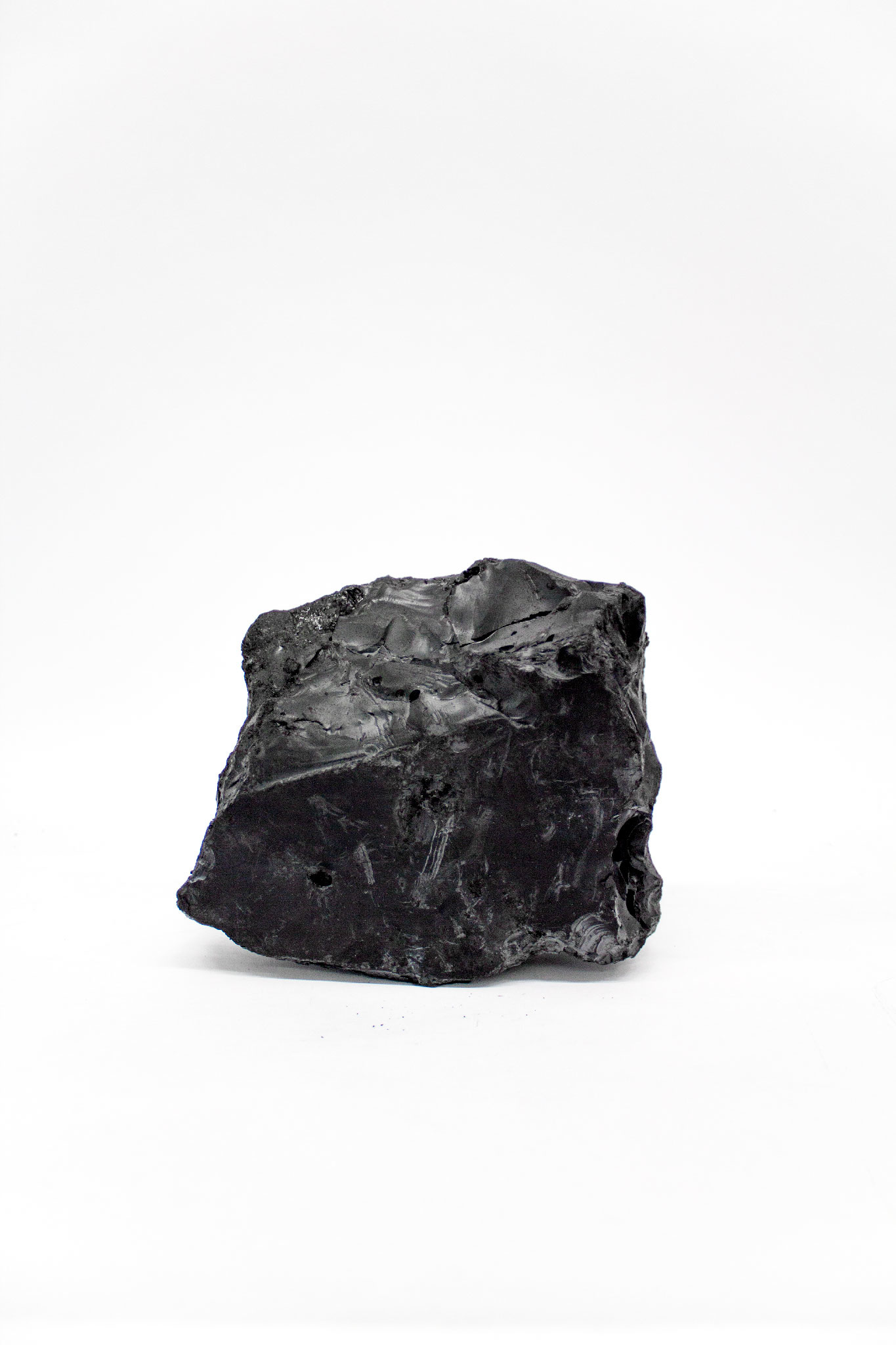
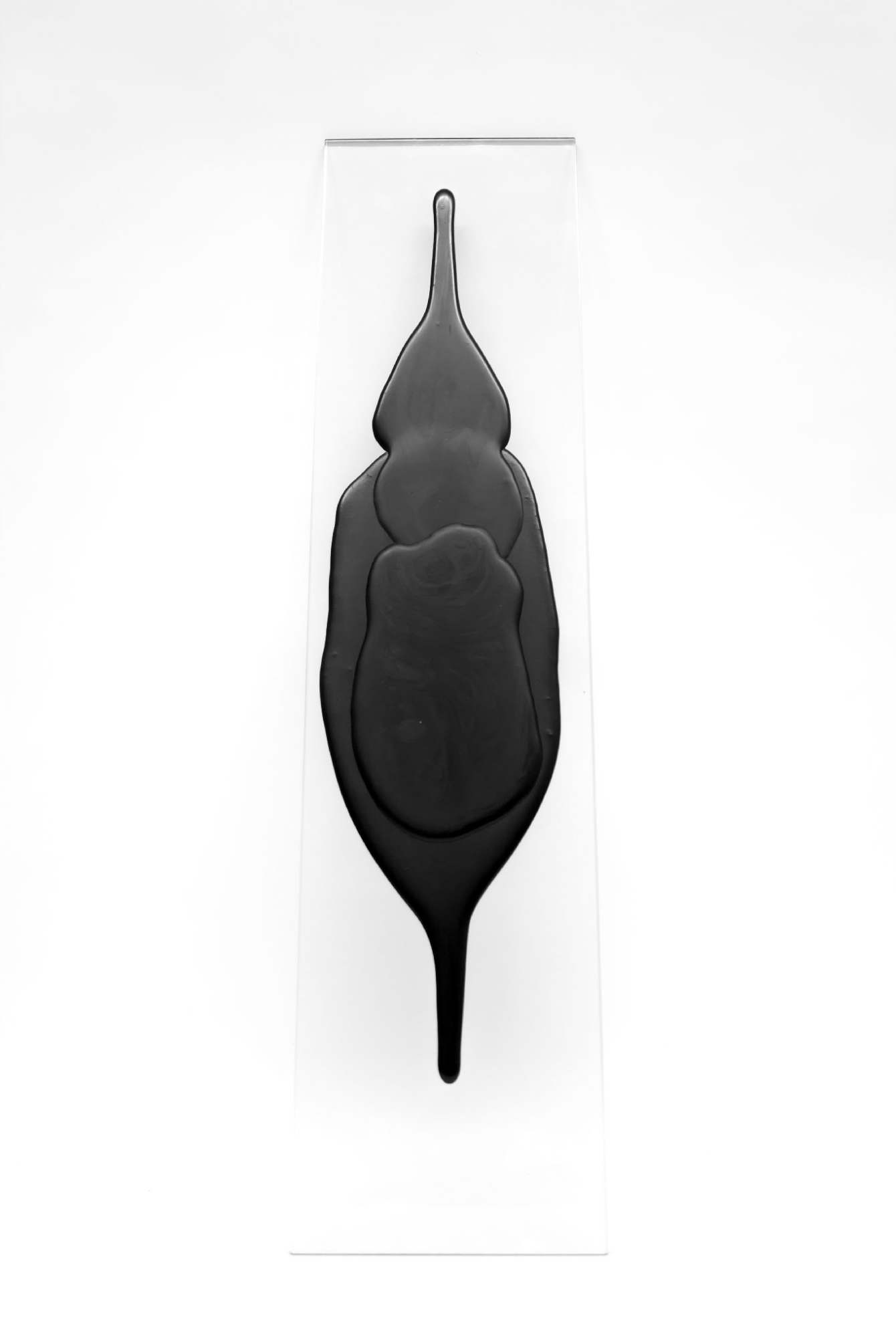
Through the cleavage of chemical compounds, the first artificially synthesised biopolymer in human history has embedded itself in all cultures worldwide as a mark the beginning of the first civilizing processes. The oldest archaeological finds (around 120,000 B.C.) were found in Campitello, in the north of Italy. With its materialisation, which probably came about by coincidence, the first synthesising process in the history of mankind was carried out. Due to the many functions of this black, aromatic smelling matter, the first steps in human cultural development were only possible. The areas of application of birch pitch are very diverse, especially since the Neolithic period. The thermoplastic allowed the gluing of spear- heads and the sealing of the first clay vessels. In the Christian narrative of the Tower of Babel it is said that it was used as a binder for the mud brick layers. Early texts on pitch extraction come from Theophrastus (371-287 BC) and Pliny the Elder (c. 24-79 AD). Centuries later pitch was traditionally used to help caulk the seams of the first wooden sailing ships.
The research is conducted in collaboration with researchers and experimental archaeologists, of the Support Association of the Natural Science Museums of Berlin, who are usually simulating pre-industrial manufacturing processes of pre-industrial materials. The birch pitch is produced by slow pyrolysis of birch bark with a self-made kiln. Pyrolysis descibes a thermochemical decomposition of organic material at elevated temperature (500 to 600° C), whereby the high temperatures force a bond break within large molecules under exclusion of oxygen (anaerobic) to prevent combustion of the raw organic material. Within this process, almost any organic material can be carbonised and tar can be extracted from it.
The mirror-like objects became the embodiment of one big gesture that merges the act of creation with the final result - capturing the moment when the object starts to exist. Playing with the perception of the observer the material regains its presence in the objects by reflecting the viewers own image, allowing the reminiscent space to become an imaginary.
The research is conducted in collaboration with researchers and experimental archaeologists, of the Support Association of the Natural Science Museums of Berlin, who are usually simulating pre-industrial manufacturing processes of pre-industrial materials. The birch pitch is produced by slow pyrolysis of birch bark with a self-made kiln. Pyrolysis descibes a thermochemical decomposition of organic material at elevated temperature (500 to 600° C), whereby the high temperatures force a bond break within large molecules under exclusion of oxygen (anaerobic) to prevent combustion of the raw organic material. Within this process, almost any organic material can be carbonised and tar can be extracted from it.
The mirror-like objects became the embodiment of one big gesture that merges the act of creation with the final result - capturing the moment when the object starts to exist. Playing with the perception of the observer the material regains its presence in the objects by reflecting the viewers own image, allowing the reminiscent space to become an imaginary.
